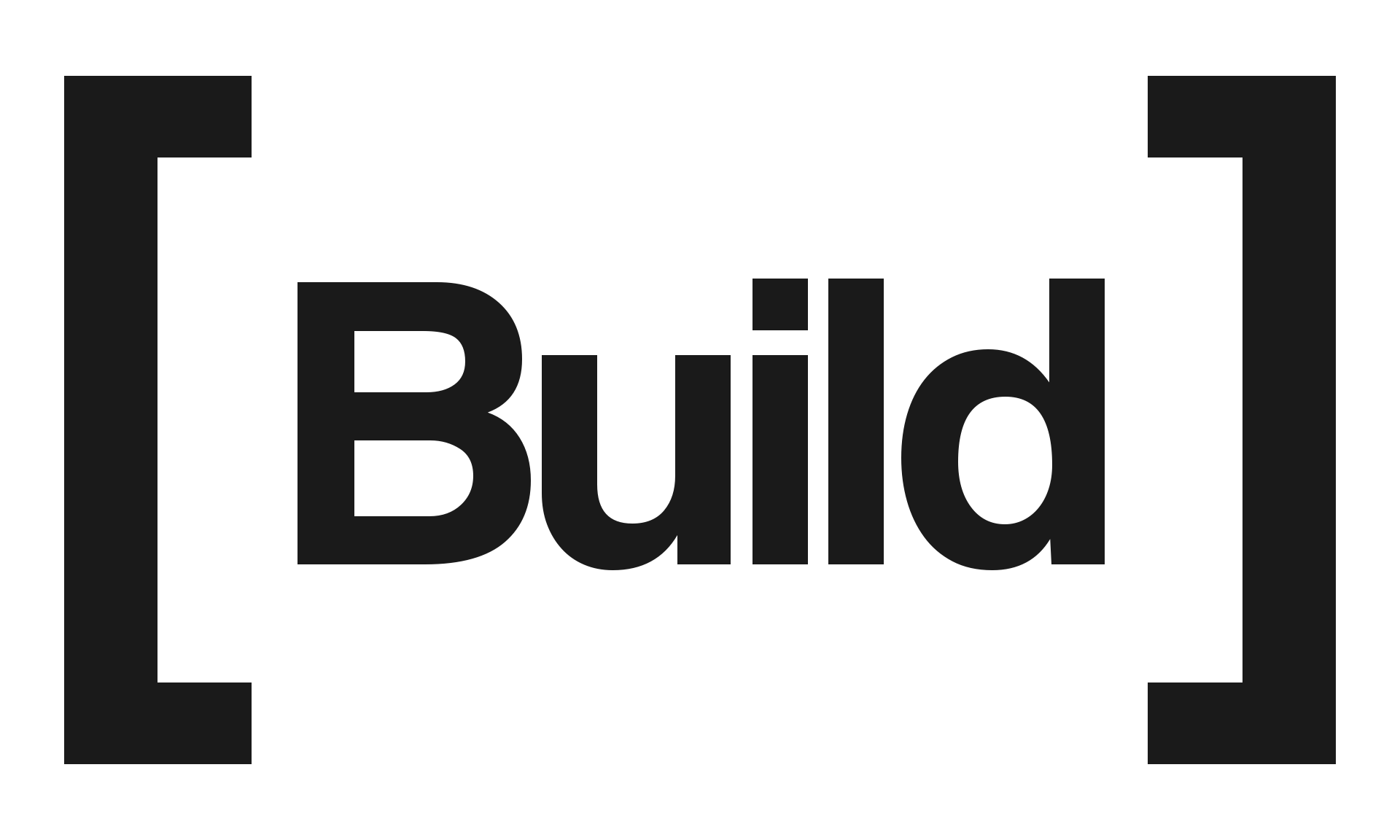Software as a Service Accounting: Best Practices

In today’s digital-first world, Software as a Service (SaaS) has revolutionized how businesses operate by offering cloud-based solutions that are accessible anywhere, anytime. But SaaS companies also face unique accounting challenges. From revenue recognition to expense categorization, understanding SaaS accounting is essential for accurate financial reporting and sound decision-making. Here’s a closer look at the critical elements and best practices for Software as a Service accounting.
1. Revenue Recognition: ASC 606 and the Five-Step Model
For SaaS companies, revenue recognition is more complex than a one-time sale. Generally, these companies operate on a subscription model, where revenue is recognized over time rather than upon receiving payment. This model follows the ASC 606 guidelines by the Financial Accounting Standards Board (FASB), which requires SaaS companies to apply the following five-step approach:
- Identify the contract with a customer.
- Identify performance obligations within the contract (e.g., software access, support, upgrades).
- Determine the transaction price (the total amount expected from the contract).
- Allocate the transaction price to each performance obligation.
- Recognize revenue as performance obligations are satisfied, often on a monthly basis for SaaS contracts.
This guideline ensures that SaaS companies accurately reflect revenue over the contract term rather than upfront, aligning cash flow with the service period.
2. Deferred Revenue: A Core Element for SaaS Companies
Since most SaaS companies receive payment before service delivery, deferred revenue (also known as unearned revenue) plays a central role in Software as a Service accounting. For example, if a customer pays for a year-long subscription upfront, that cash payment cannot be recognized as revenue immediately. Instead, it should be recorded as deferred revenue on the balance sheet and recognized as revenue monthly over the subscription period.
3. Capitalizing Costs and Expenses
SaaS companies often incur significant costs related to product development, customer acquisition, and customer support. Determining which costs to capitalize versus expense can impact the bottom line:
- Customer acquisition costs (CAC): Under ASC 340-40, certain customer acquisition costs, such as sales commissions, may be capitalized and amortized over the customer’s expected contract duration, which can extend beyond the initial subscription term.
- Research and Development (R&D): SaaS companies often invest heavily in R&D. Generally, research expenses are expensed as incurred, while development costs can be capitalized if they meet specific criteria under GAAP.
4. Subscription and Churn Metrics
Beyond traditional accounting metrics, SaaS companies need to track subscription metrics like Monthly Recurring Revenue (MRR), Annual Recurring Revenue (ARR), Customer Lifetime Value (CLV), Customer Acquisition Cost (CAC), and churn rate. These metrics offer valuable insights into the company’s financial health and growth potential.
- Monthly Recurring Revenue (MRR): The total revenue a SaaS business can expect each month from active subscriptions. MRR provides a consistent revenue measurement, smoothing out one-time payments or variances.
- Churn Rate: This metric represents the percentage of customers who cancel their subscriptions within a given period. A high churn rate may signal issues with customer satisfaction or product fit, impacting future revenue projections.
5. Expense Categorization and Matching Principle
The matching principle in accounting requires expenses to be recognized in the same period as the revenue they help generate. This is crucial for SaaS companies as they often incur costs upfront (like marketing and sales commissions) to secure long-term subscription revenue.
For example, if a customer acquisition campaign runs in January but brings in revenue throughout the year, some costs may need to be deferred and amortized over the revenue period. Accurate expense categorization also helps SaaS companies make strategic decisions and stay compliant with accounting regulations.

Need Help Getting Your Startup's Accounting and Taxes Streamlined, Simplified, and Headache-Free?
Schedule a Free Consultation Today
6. Cash Flow Management
Cash flow management is essential for any SaaS business due to the deferred revenue model. Even if a company has booked strong sales, it may not translate into cash flow. Keeping close tabs on cash reserves, debt obligations, and operating expenses can help SaaS companies avoid cash crunches.
- Cash runway: Projecting how long cash reserves will last based on monthly expenses.
- Collections and DSO (Days Sales Outstanding): Efficient collections reduce DSO, ensuring faster cash inflows.
7. Considerations for SaaS Companies in International Markets
Operating internationally introduces foreign currency risk, especially if a significant portion of revenue or expenses is in a foreign currency. SaaS companies need to use consistent foreign exchange (FX) rates to revalue foreign transactions at period end. Additionally, international revenue recognition policies and tax laws should be considered to ensure compliance.
8. Revenue Forecasting and Financial Planning
SaaS companies typically experience growth through upselling existing clients and attracting new ones. Effective revenue forecasting includes analyzing MRR, ARR, and customer lifetime value. Additionally, accounting systems should incorporate predictive models to project future growth, enabling better budget allocation and strategic investment.
Best Practices in Software as a Service Accounting
- Automate revenue recognition with accounting software to handle the complexity of ASC 606 compliance and deferred revenue calculations.
- Implement robust financial reporting to track recurring revenue, churn, and customer lifetime value.
- Monitor cash flow rigorously to avoid liquidity issues, even when deferred revenue is high.
- Adopt scalable accounting software to support the growing volume of subscription data and reporting needs.
- Align with a SaaS-savvy accountant who understands industry standards, including ASC 606 and SaaS-specific tax regulations.
Conclusion
Effective SaaS accounting goes beyond traditional bookkeeping; it requires an in-depth understanding of revenue recognition, deferred revenue management, and subscription metrics. By following these best practices, SaaS companies can achieve accurate financial reporting, optimize cash flow, and make informed business decisions to drive growth. As the SaaS model continues to evolve, so too must the accounting methods that support it.
Like this Content and Want More Like it?
Sign up for helpful tips to reduce your taxes, receive tax deadline reminders, and get free resources, guidance, and walkthroughs sent right to your email.
About the Author

Brett Rosenstein
Founder of Build Accounting
Certified Public Accountant
Brett is the founder and president of Build Accounting where he provides accounting, tax filing, and CFO services for tech startups and SaaS businesses. His goal is to make the accounting and tax process as simple, streamlined, and headache-free for business founders as possible.
Brett received a Bachelor of Science in Business Administration from The Ohio State University. He is also a Certified Public Accountant.
When Brett is not working, he is running, biking, spending time with his wife and daughter, or trying new pizza places.
Schedule a Free Trial!
Get started today by scheduling a call to see how we can help your tech startup or SaaS business. We’ll respond as soon as possible.
By submitting this contact form, you consent to receive email communications from Build Accounting, including our newsletter with quick time and tax saving tips. You may opt-out at any time.

